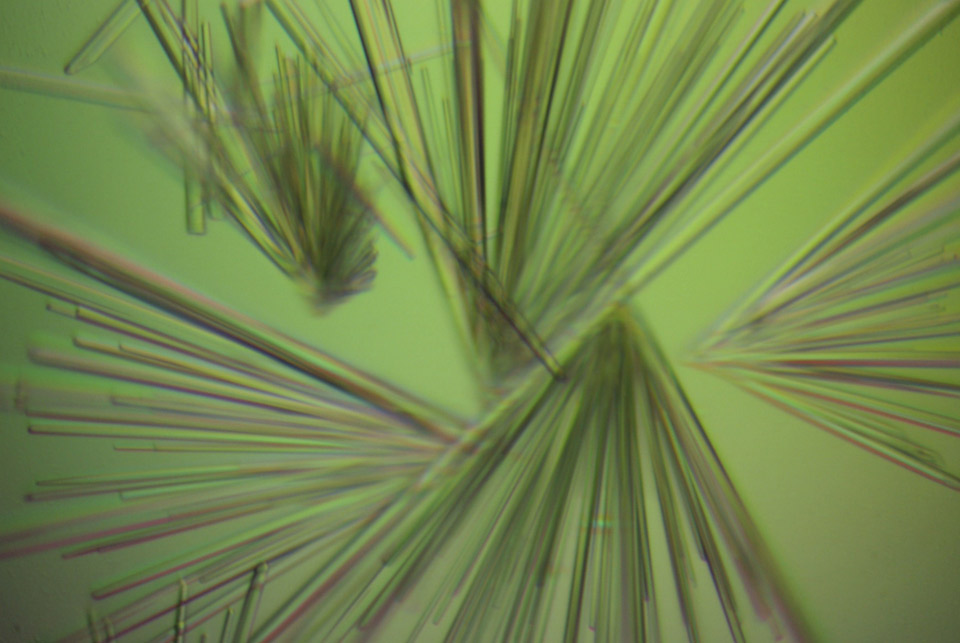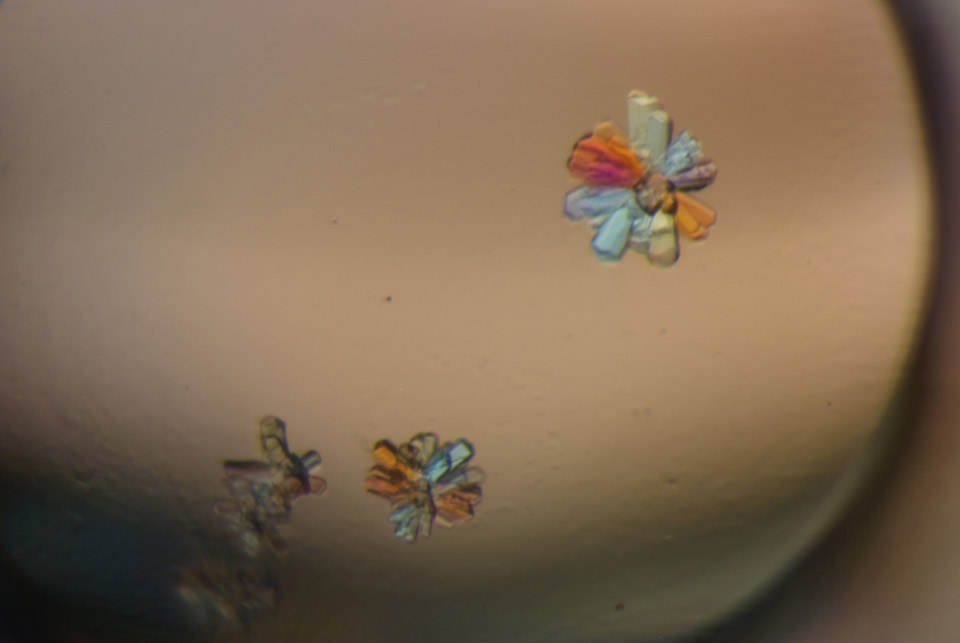Protein Crystallography
The purpose of the Unit is to set up and maintain a Protein Crystallography Facility PXF, to provide equipment, training, assistance, and technological innovations for determining three-dimensional structures of proteins and other macromolecules and macromolecular assemblies.
X-ray crystallography is one of the most powerful techniques to study the 3D structures of macromolecules and it has transformed our understanding of biological processes. Our setup allows users to crystallize macromolecules and solve their three-dimensional structures using X-ray diffraction.
Members

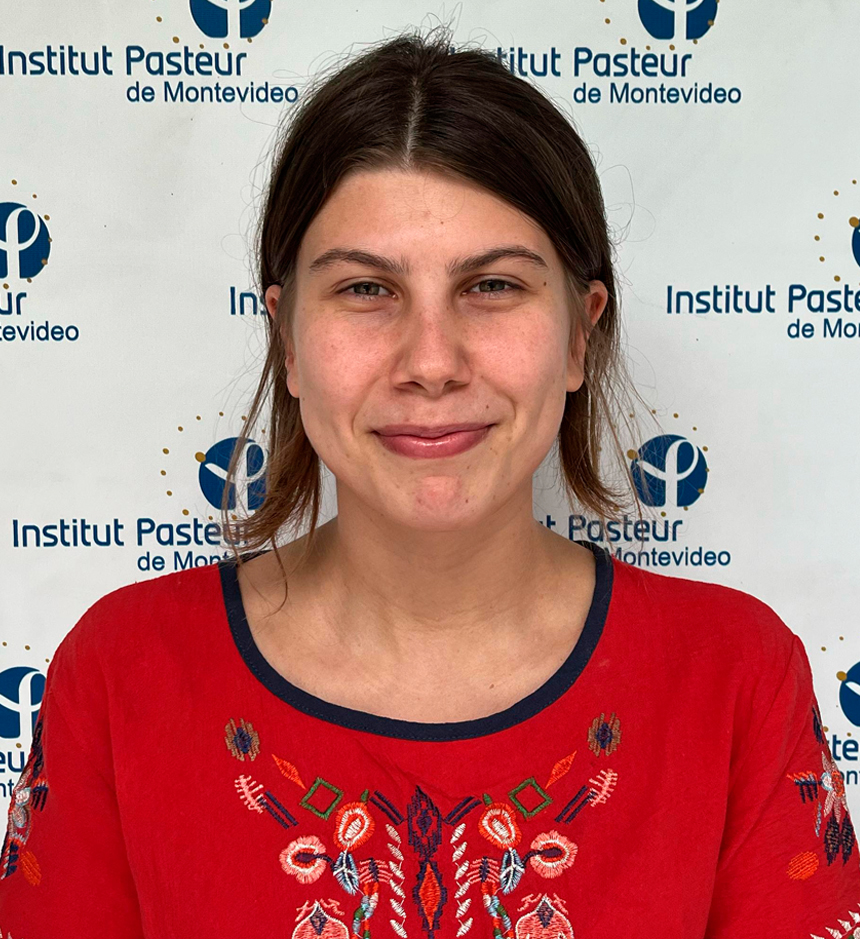
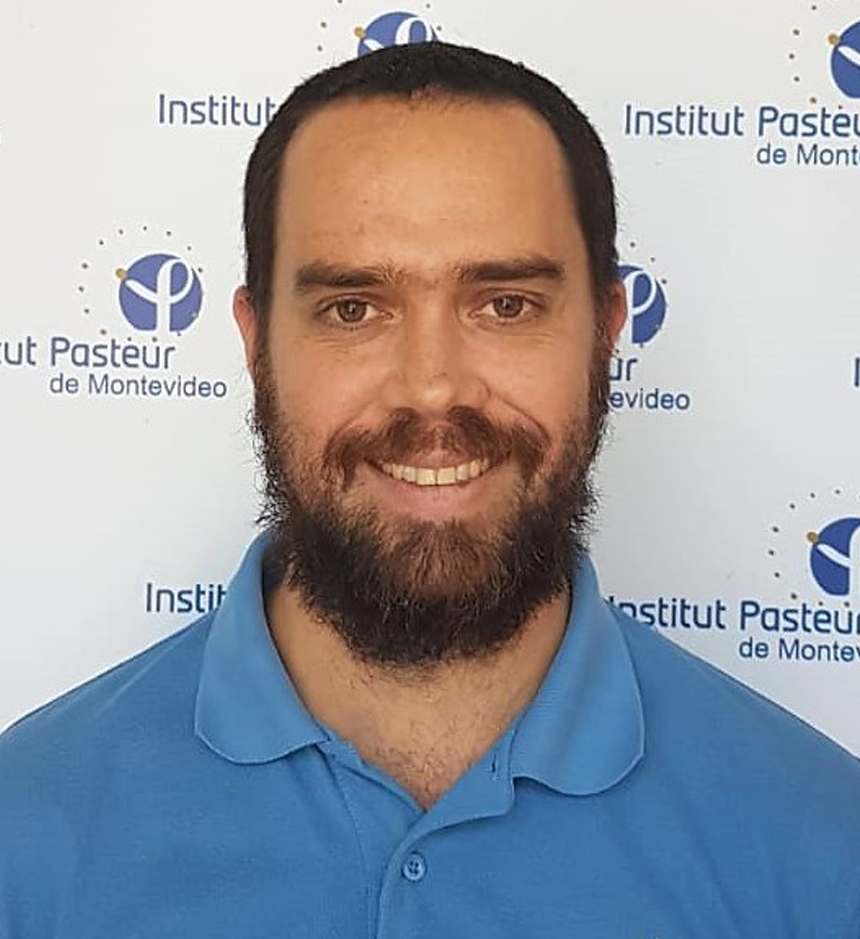
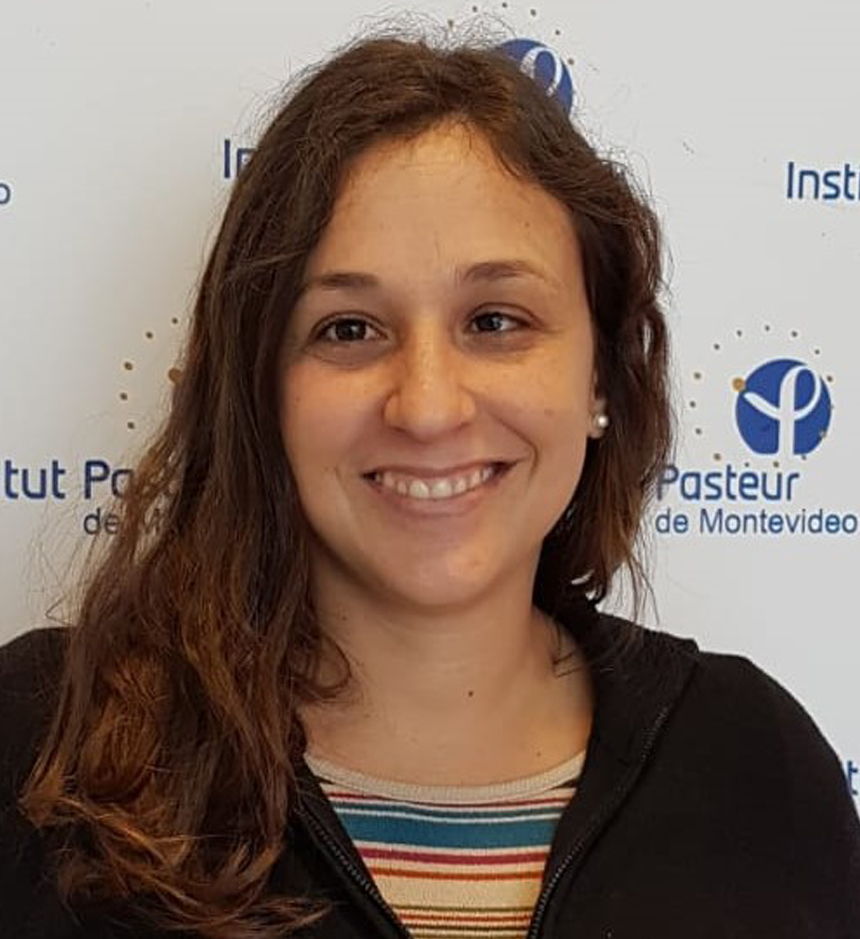
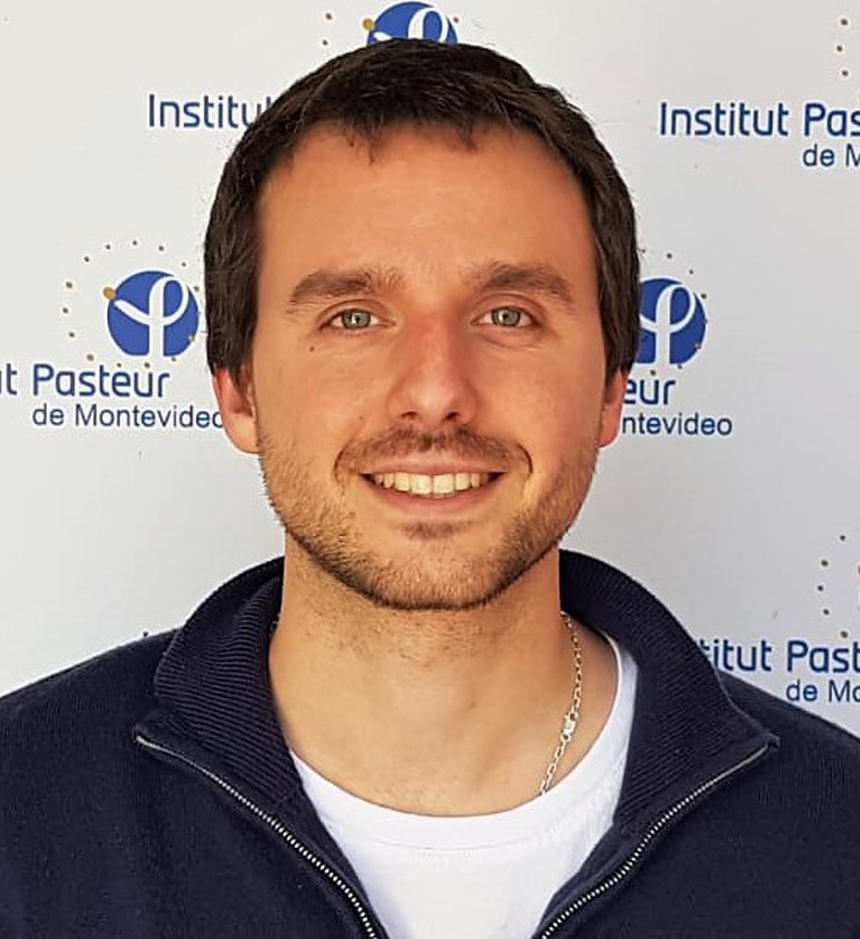
Main equipment
Crystallization robot – Honeybee963®:
The Honeybee963® (Digilab) robot is a bench-top system for the automation and miniaturization of vapor diffusion in sitting-drop protein crystallization experiments. Proprietary Cartesian synQUAD® dispensers couple high-speed micro-solenoid valves with high resolution syringe pumps, dispensing volumes down to 100 nL. We currently use 200-300 nL nanodrops to maximize precision and crystallizability. The 96-needle arm allows for very fast dispensing of reservoir solutions on a 96-well setup. Three independent protein synQUAD® needles then proceed to dispense up to three different proteins, variable volumes are defined using the robot’s software. Automation enables the assay of typically hundreds of different potential crystallogenesis conditions in a matter of minutes, allowing to greatly increase the search space, and thus the probability of finding hits.
Automatic setup and optimization of screen assays – Alchemist DT®:
The Alchemist DT ® (Rigaku) is a bench-top liquid handling robot for the screen production and optimization of crystallization conditions. It provides consistent, precise and accurate liquid dispensing in a volume range of 1 μl to 10 ml into SBS, Linbro ® and Nextal® footprint plates. Due to its technology, elimination of tubing means no waste and removes the possibility of cross-contamination.
CrystalTrak™, the integrated software package, is designed specifically for protein crystallography. Once the screen is designed, CrystalTrak™ automatically calculates the recipe and defines the necessary stock solutions for use with the Alchemist. 26 different stock solutions can be stored on the deck at one time. Stock management tools and barcode tracking ensure that the correct stock solutions and necessary volumes of solutions are available on the deck before any plate generation begins.
X ray generator – Rigaku MicroMax-007HF®:
Micromax007-HF® (Rigaku) is an X-ray generator with a 0.07 mm diameter effective focal size at the source. Equipped with a Cu rotating anode, it provides an output of 1200 W and a brightness of 31 kW/mm2. In combination with the installed optics (Varimax-HF®, Rigaku) which consists of confocal multilayer mirrors, the resulting X rays focused on the crystalline sample are ultra-bright, and can be used effectively for various measurement purposes. We can solve structures with atoms that scatter anomalously at 1.5418Å wavelength (S, I, Cs, lanthanides, among the most used). Molecular replacement problems can be tackled, as well as data collection for high-resolution refinement (including ligands, inhibitors, drugs, point-mutation protein variants, etc).
Image plate area detector – MAR345®:
The MAR345® (Mar Research) detector installed on a MAR345dtb®table is an image plate detector that enables us to collect data up to 1.2Å resolution on our geometric setup (taking full advantage of the 2θ angle). It is a single Φ-angle oscillation setup, equipped with a convenient χ-motor that facilitates crystal mounting under cryogenic conditions. Read-out cycles range from 108 to 34 seconds, depending on pixel size and effectively scanned plate diameter.
The read-out system of the Mar345 is unique in its use of a single high performance 85mW laser which delivers more than 0.8 µJ/pixel at the plate. This ensures that an extremely high percentage (>95%) of trapped F-centers are transformed into photostimulated luminiscence.
Services
To access the facility users should write to pxf@pasteur.edu.uy making a short request. A form will be provided, which includes information about the project and specifications on the macromolecule and other details. This will be evaluated by the Facility staff in terms of technical feasibility and scientific relevance. All requests will have a due response.
The level of support that the Unit staff will provide will depend on the autonomy of the user. The use of specific equipment (crystallization and optimization robots, and X-ray diffraction) will always be supervised by platform personnel. The possible costs to cover expenses will be agreed with the users according to the project and the preferences of each user for the different tests.
Experimental approaches currently available for users:
1. Protein crystallization screenings (manual and robotic [Honeybee963® 96-well robot).
2. Follow-up and optimization of initial crystallization hits (manually and robot-assisted with an Alchemist® instrument).
3. X ray Diffraction – Testing & Crystal Characterization.
4. X ray Diffraction – single crystal data collection.
5. Crystal Structure Determination & Refinement.
Courses
- Course “Macromolecular Crystallography: introduction and applications” – 2010 (Institut Pasteur de Montevideo).
- “Macromolecular Crystallography School – From data processing to structure refinement and beyond”. Organized by the PXF in 2010 at the Institut Pasteur de Montevideo and, since 2013, co-organized with CCP4 (UK) with annual periodicity. Every other year (2014, 2016, 2018) the course is held at the Instituto de Física de Sao Carlos (Universidad de Sao Paulo, Sao Carlos, Brazil), alternating with the Institut Pasteur de Montevideo venue (2013, 2015 and 2017). Next edition will be in November 2019 at the Montevideo site.
Main publications
vacio
2018
- Simpkin AJ, Simkovic F, Thomas JMH, Savko M, Lebedev A, Uski V, Ballard C, Wojdyr M, Wu R, Sanishvili R, Xu Y, Lisa MN, Buschiazzo A, Shepard W, Rigden DJ, Keegan RM. (2018) SIMBAD: a sequence-independent molecular-replacement pipeline. Acta Crystallogr D Struct Biol 74:595-605.
- Alvarez CE, Trajtenberg F, Larrieux N, Saigo M, Golic A, Andreo CS, Hogenhout SA, Mussi MA, Drincovich MF, Buschiazzo A. (2018) The crystal structure of the malic enzyme from Candidatus Phytoplasma reveals the minimal structural determinants for a malic enzyme. Acta Crystallogr D Struct Biol 74:332-40.
2016
- Morán-Barrio J, Lisa MN, Larrieux N, Drusin SI, Viale AM, Moreno DM, Buschiazzo A, Vila AJ. (2016) Crystal structure of the metallo-β-lactamase GOB in the periplasmic dizinc form reveals an unusual metal site. Antimicrob Αgents Chemother. 60:6013-22.
- Meyer PA, Socias S, Key J, Ransey E, Tjon EC, Buschiazzo A, et al. (2016) Data publication with the structural biology data grid supports live analysis. Nat Commun. 7:10882.
- East A, Mechaly AE, Huysmans GHM, Bernarde C, Tello-Manigne D, Nadeau N, Pugsley AP, Buschiazzo A, Alzari PM, Bond PJ, Francetic O. (2016) Structural basis of pullulanase membrane binding and secretion revealed by X-ray crystallography, molecular dynamics and biochemical analysis. Structure. 24:92-104.
2014
- Trajtenberg F, Altabe S, Larrieux N, Ficarra F, de Mendoza D, Buschiazzo A, Schujman GE. (2014) Structural insights into bacterial resistance to cerulenin. FEBS J. 281:2324-38.
- Martinez A, Peluffo G, Petruk AA, Hugo M, Piñeyro D, Demicheli V, Moreno DM, Lima A, Batthyány C, Durán R, Robello C, Martí MA, Larrieux N, Buschiazzo A, Trujillo M, Radi R, Piacenza L. (2014) Structural and molecular basis of the peroxynitrite-mediated nitration and inactivation of Trypanosoma cruzi iron-superoxide dismutases (Fe-SODs) A and B: disparate susceptibilities due to the repair of Tyr35 radical by Cys83 in Fe-SODB through intramolecular electron transfer. J Biol Chem. 289(18):12760-78.
2013
- Correa A, Trajtenberg F, Obal G, Pritsch O, Dighiero G, Oppezzo P, Buschiazzo A. (2013) Structure of a human IgA1 Fab fragment at 1.55 Å resolution: potential effect of the constant domains on antigen-affinity modulation. Acta Crystallogr D Biol Crystallogr. 69:388-97.
2012
- Buschiazzo A, Muiá R, Larrieux N, Pitcovsky T, Mucci J, Campetella O. (2012) Trypanosoma cruzi trans-sialidase in complex with a neutralizing antibody: structure/function studies towards the rational design of inhibitors. PLoS Pathog. 8:e1002474.


